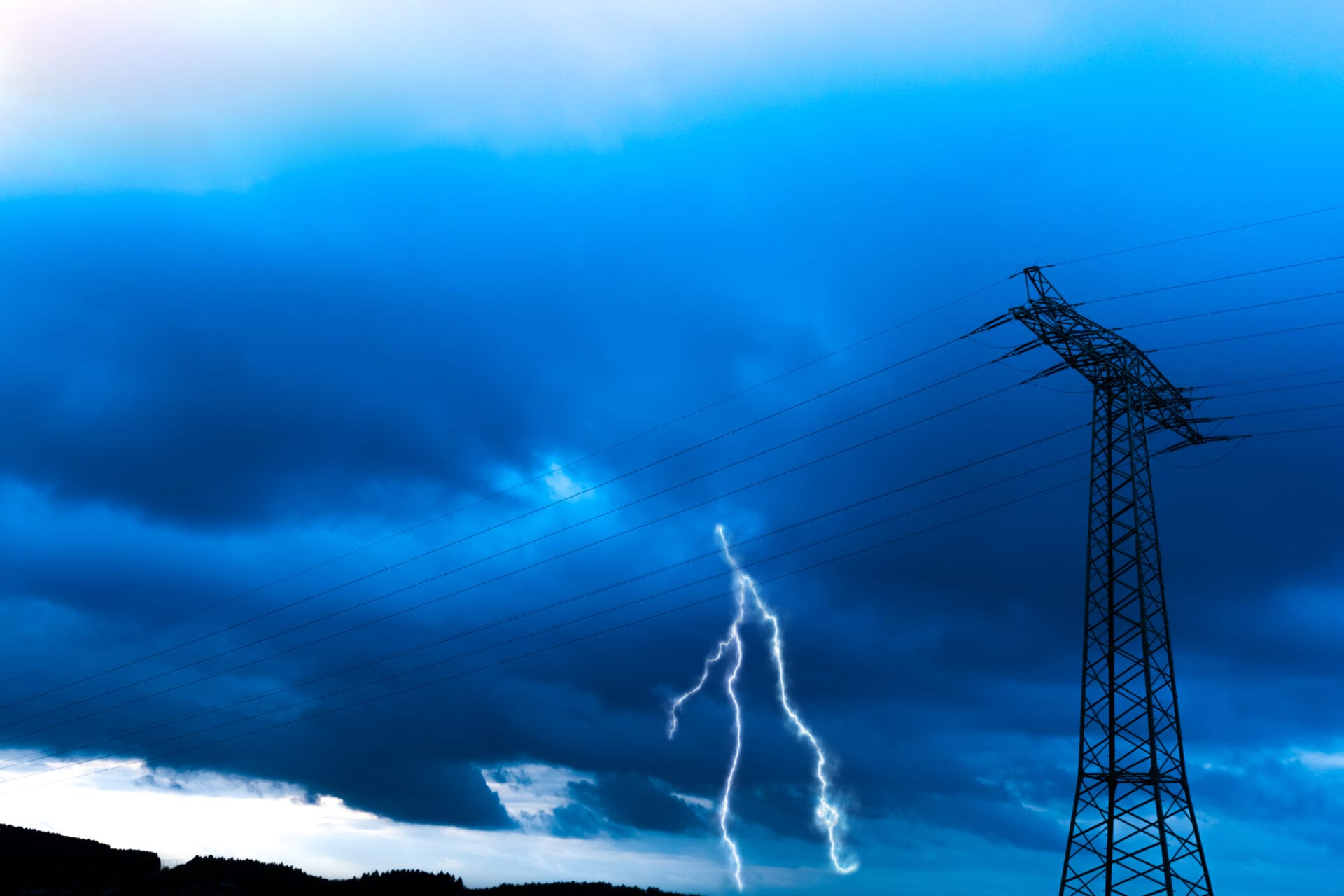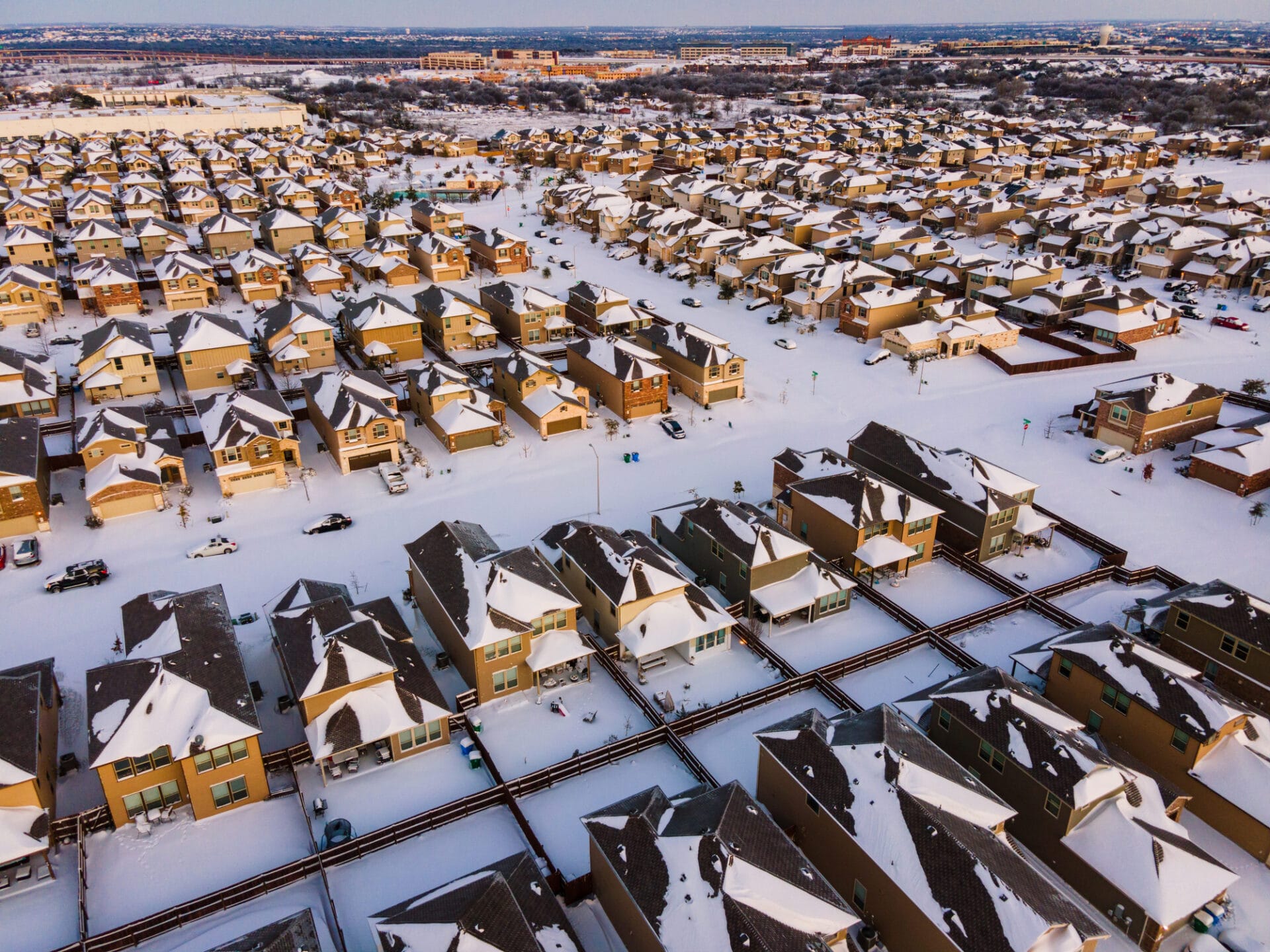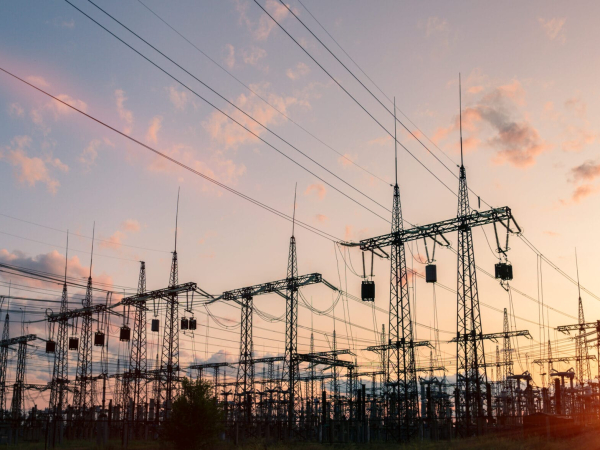Energy & UtilitiesOptimize Technology
Guarding the grid: Cybersecurity in solar and renewable energy
Instead of implementing static, one-size-fits-all solutions in an environment where threats are continuously evolving,…
Read article

Energy & Utilities Improve Operations
02/15/2022
by Robert Courchesne

We’ve all been there. The power goes out and all your lights, appliances, and internet click off in an instant. You wait for it to flicker and restore, but many times that hope fades during extreme weather. And as much as it’s a nuisance to you and your family at home, weather disruptions to the electric grid are something that all utility providers must face.
With electricity and utility services so ingrained into our everyday lives, little slack is offered to providers when the power goes out – and they know this. There are a variety of weather events that utilities must plan for to keep the lights on for not only you, but also your surrounding communities and public services. Moreover, as extreme weather events and climate change become more recurring conversations, legislators have responded with an increased focus on policy to boost utility resilience and help shape operations for the future.
No matter how you slice it, the stakes are high. Keep reading to see what scenarios appear on utility providers’ radars and discover how companies are working today to increase grid resiliency for tomorrow.
To start off, let’s clarify what is meant by “extreme weather” for utilities and the electric grid. This covers a broad spectrum and includes things like deep freezes, ice storms, heat waves, hurricanes, tornadoes, floods, and even wildfires. And while the conditions of each are fairly unique, the ways in which these weather events challenge the industry are similar. Deep freezes and extreme cold temperatures can dampen exposed generators and ice up underground pipelines. Heat waves and extended droughts can cause overheating and wear down equipment efficiency. Hurricane winds and storm gusts can snap towers and knock over power lines. And of course, flood plains and wildfires – especially on the west coast – can destroy grid infrastructure with lengthy recovery times to rebuild.
To combat this, utility providers must perform cost-effective hardening efforts and strategies to increase their grid resiliency. In recent years, many companies have amped up work on grid-hardening programs to reinforce their generation, transmission, and distribution (T&D) infrastructure. They’re investing billions of dollars to improve the resilience of substations and T&D lines. Depending on a utility’s climate and community they serve, many have deployed efforts to strengthen overhead power lines, elevate substations, replace old pipelines, convert wood poles to steel, and integrate grid isolation to reduce the volume of customers affected by damage to a given region. Some Gulf Coast providers have even worked on restoring natural wetlands and managing their natural environment to protect against extreme weather. These efforts are often multi-year investments for companies, but they are expected to pay off down the road.
Another key thing to consider about weather outages is the effects on other societal functions outside your own neighborhood. These may include local hospitals, grocery stores, municipalities, internet providers, and other services. They each pose a challenge that utility providers must consider to isolate power outages or interruptions to non-critical locales.
To support these services, utilities often run simulations and stress test scenarios to plan for worst case scenarios. And, in typical fashion, it’s the extreme cases, the outliers, that cause the most detrimental impact to communities. Some examples include technology cyberattacks on critical infrastructure, system monitoring failures, and rapid shortfalls of energy supply due to weather-spawned crises.
For our focus on weather, one hot topic is power shortages to community hospitals and medical facilities. As healthcare providers, patient lives may be at risk, so there are exceptionally low tolerances for power disruptions. Knowing that, energy providers often prioritize hospitals for power in the case of forced outages and will leverage uninterruptible power supplies (UPS’s) in these situations. They often partner with local hospital networks to inspect and test critical components of emergency power systems and on-site generators, as well as educate personnel on protocols during a disaster. They’ll do whatever is possible to isolate portions of their grid network to avoid a lapse in power. However, without legislation, such decisions for assigning priority to healthcare facilities can vary across utilities.
New legislation and policies have heightened expectations for electricity and utility providers in recent years. Being highly regulated organizations that provide critical services to communities, utility companies naturally operate under the lens of increased governmental oversight. Providers must present cases to state government authorities on topics of their pricing, infrastructure investments, technological innovation, and environmental impact, among others.
Just recently, the state of Texas conducted several investigations following the aftermath of Winter Storm Uri in February 2021, which left nearly 5 million homes and businesses without power and caused an estimated $90 billion in damages. As a result, new legislation was passed acting as a response to calls for sweeping changes to Texas’ power infrastructure. The new laws center around improving customer communications and winterizing the electric grid to handle future cases of unexpected weather damages to key generation and transmission infrastructure. Both Texas Senate Bills 2 and 3 passed, requiring providers to winterize equipment, establish an emergency pricing program for the wholesale electricity market, and implement a scarcity alert system to increase consumer awareness about potential power shortages. Electric utility providers must also defer collection of bills during extreme weather events and work with customers to set up pay schedules. Additionally, ERCOT (the electric reliability council that operates the Texas grid) has been required to augment its governance structure, emphasizing oversight of ERCOT and its board members.
The stakes are high for providers. If they fail routine audits or are proven to show non-compliance, governmental authorities can impose serious penalties. Non-compliance with regulation from state legislature for winterizing equipment can result in fines of up to $1 million per day. And depending on state policies, the trend appears to keep those penalties hefty in favor of consumers to reduce failed responses to emergencies. Deadlines to comply are tight and are likely to stay under watch in seasons ahead.

One final conversation around weather impacts to the industry is climate change. According to the U.S. National Climate Assessment, “climate change and extreme weather events are expected to increasingly disrupt the nation’s energy systems” and threaten more frequent power outages. As such, climate change and business strategy have inevitably become related conversations for utilities.
Rising global temperatures have been forecasted to increase the frequency, intensity, and duration of heat waves, floods, and wildfires – urging utility providers to invest in technology that boosts resilience and increases operational agility. Transformers and power lines are particularly vulnerable to hot temperatures. In fact, increasing ambient air temperatures reduce T&D infrastructure efficiency by about 1% for every one degree Celsius gain. Additionally, for wildfires sparked by drought, distribution utility poles are often the first to go based on their wooden construction. To combat this, some utilities are partnering together in working groups to plan for future climate adaptation. On the west coast, which has been hard-hit with wildfires in recent years, the California Energy Commission is sponsoring a study to advance wildfire science and strengthen grid resilience for their regional climate.
Regardless of where you live in the U.S., expanded seasonal volatility, i.e., colder winters and hotter summers, widen the range of conditions that utility providers must fortify their infrastructure for. And as a historically slower-changing, highly-regulated industry, many are looking to accelerate their action planning for conditions of the future.
Increasing grid resiliency will be a growing theme among utilities and energy providers. Factoring in the rising frequency of extreme weather incidents, heightened attention from policymakers, and growing energy dependence within today’s society, you’ll be hard-pressed to find providers that are not looking for ways to weatherize their equipment and harden their technology for whatever mother nature has in store.
As companies evaluate their approach to mitigating risk and adopting new technologies, they often need a partner and guide to navigate them through this change. Sendero has served as that trusted partner for many clients in the utility industry and can assist in adapting to current trends. Use the form below to reach out to one of our consultants.
Business insights
Energy & UtilitiesOptimize Technology
Instead of implementing static, one-size-fits-all solutions in an environment where threats are continuously evolving,…
Read article

Energy & Utilities
With ERCOT’s Real-Time Co-optimization plus Batteries initiative, a shift in how energy and ancillary services are…
Read article

Energy & UtilitiesOptimize Technology
New rules aimed at reducing emissions, enhancing grid reliability, and protecting consumer data are being introduced at…
Read article
